
|
|
|
| synonym |
|
| description |
A brownish-green species, with the pronotum a unicolorous green or pale brown color with a darker apex and black pronotal pits. The legs are pale brown except that the femora are dorsally black for most of their length. Short, numerous setae cover the pronotum. Adult males are 7.5-8.2 mm long and 4.5 mm wide, females are 8.9-10.0 mm long and 5.0 mm wide. (McKamey & Sullivan-Beckers, 2019)
For more images of this species, see: BG. |
| distribution |
Southeastern United States (BG) |
| abundance |
Rare, recorded from a single county so far in the Piedmont. |
| seasonal_occurrence | |
| habitat |
Woodland |
| plant associates |
Unclear, perhaps oaks (Quercus spp.); in NC, has been found on white mulberry. |
| behavior |
|
| comments |
This species was only officially described in 2019 from Kentucky, and has since been documented across the Southeast. It is the easternmost species of Darnini in the United States and the only member of Hebetica in the country, with the other described Hebetica species in South America and the other Darnini taxa belonging to Stictopelta. This new species could be exotic and have been introduced in the United States, since it went undiscovered for so long until recently (and there appears to be an increase over time in the detection of this species in the Southeast) (McKamey & Sullivan-Beckers, 2019).
The wasp Hoplosoides costalis is a frequent predator of this species, with it burying specimens in its subterranean burrows for its larvae (McKamey & Sullivan-Beckers, 2019). |
status |
[Native:]
[Introduced:]
[Extirpated:] | | list_type |
[Official:]
[Provisional:] |
| adult_id | Unmistakable and widely known Identifiable from good quality photos of unworn specimens
Identifiable from photos showing undersides, or other specialized views [e.g., legs, face]
Identifiable only by close inspection of structural features or by DNA analysis NULL |
| nymph_id | Unmistakable and widely known Identifiable from good quality photos, especially where associated with known host plants
Identifiable from close inspection of specimens or by DNA analysis
Identifiable only through rearing to adulthood NULL |
| G_rank |
|
| S_rank |
|
| rank_comments |
|
| tribe |
Darnini |
| subgenus |
|
Species Photo Gallery for Hebetica sylviae No Common Name |
 | Photo by: Scott Bolick
Forsyth Co.
Comment: unid_treehopper - unid_treehopper | 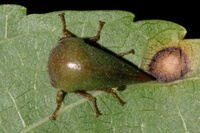 | Photo by: Scott Bolick
Forsyth Co.
Comment: unid_treehopper - unid_treehopper |
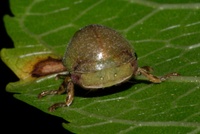 | Photo by: Scott Bolick
Forsyth Co.
Comment: unid_treehopper - unid_treehopper | 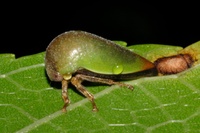 | Photo by: Scott Bolick
Forsyth Co.
Comment: unid_treehopper - unid_treehopper |
 | Photo by: Scott Bolick
Forsyth Co.
Comment: State record | 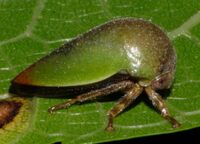 | Photo by: Scott Bolick
Forsyth Co.
Comment: State record |
 | Photo by: Scott Bolick
Forsyth Co.
Comment: State record | 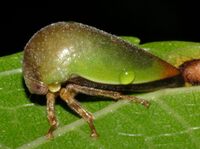 | Photo by: Scott Bolick
Forsyth Co.
Comment: State record |
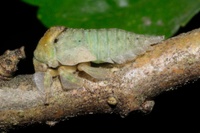 | Photo by: Scott Bolick
Forsyth Co.
Comment: unid_treehopper | 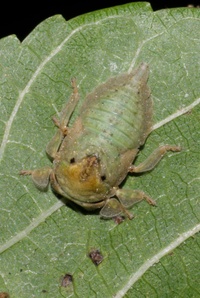 | Photo by: Scott Bolick
Forsyth Co.
Comment: unid_treehopper |
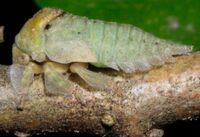 | Photo by: Scott Bolick
Forsyth Co.
Comment: |

 »
»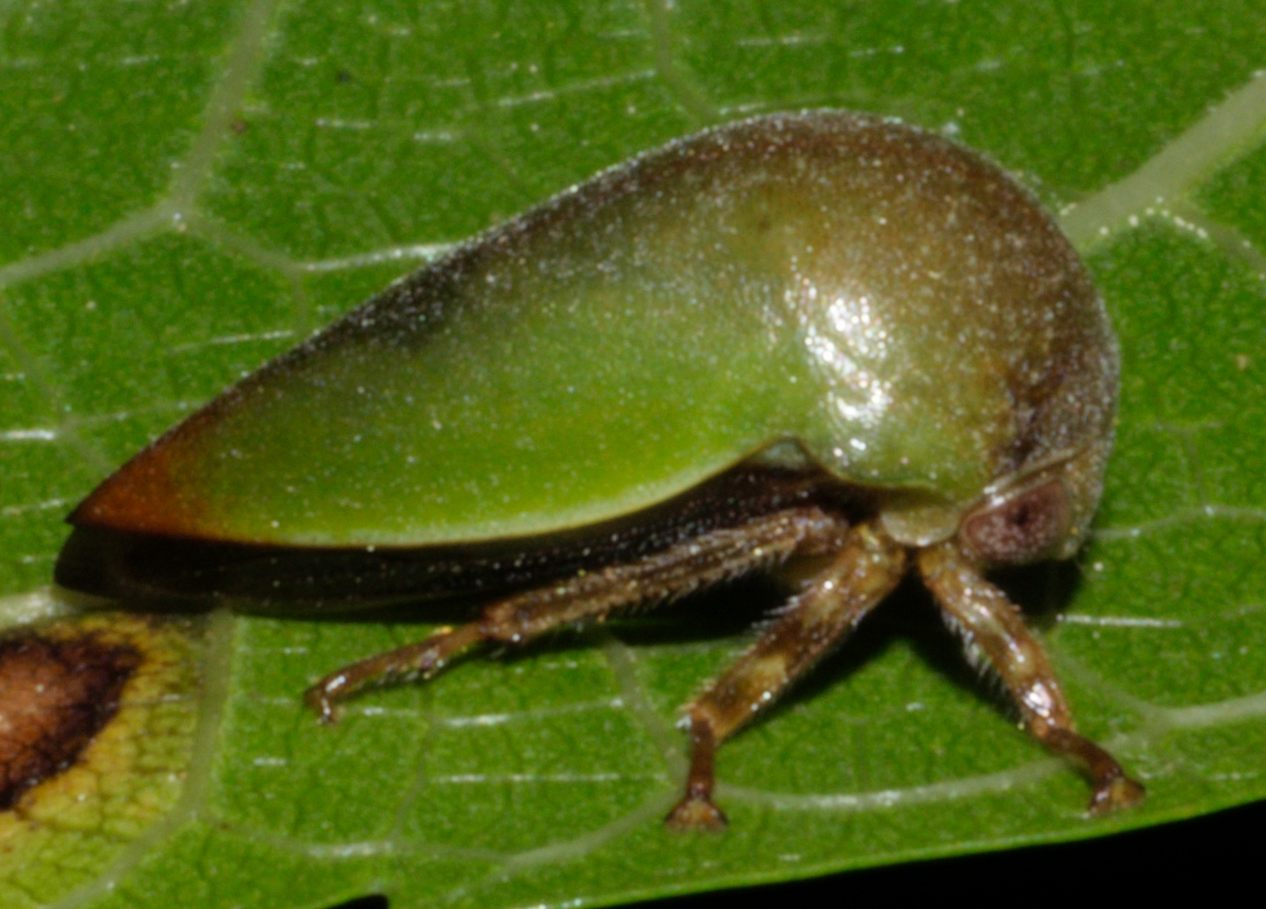




 »
»


